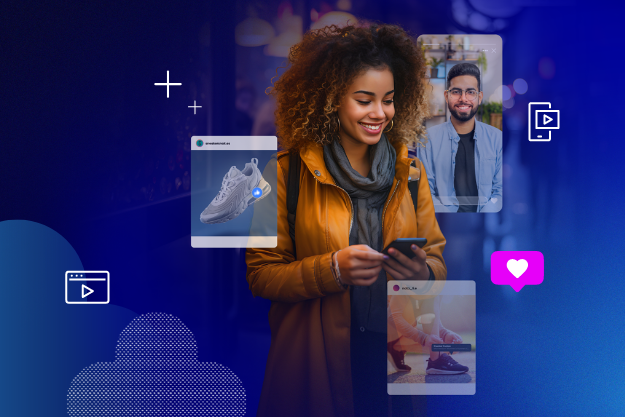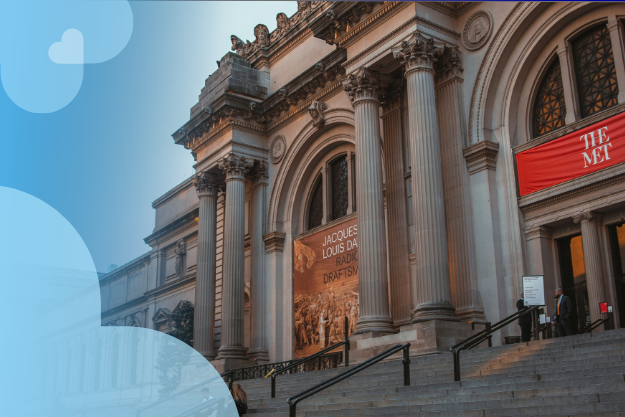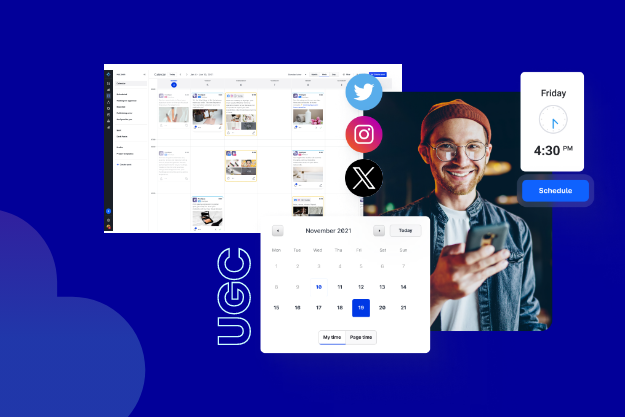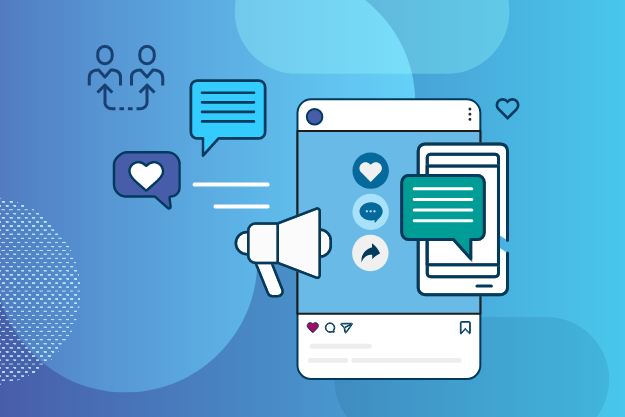Call it the Pinocchio complex. Every brand wants to be a real person, and according to a recent survey, consumers would prefer that, too, as brand authenticity is overwhelmingly the No. 1 factor for shoppers as they navigate the buying process.
Online customer reviews and ratings are considered the most influential factor when consumers research a product online, according to a new Emplifi survey (conducted by Harris Interactive), a factor that outranked price, return policy, and shipping costs. And 87% of those surveyed consider user reviews and ratings the most authentic interaction they have with brands.
Another 70% of respondents indicated “authentic” customer care experiences are important and that they actively pursue brands that “speak their language,” both literally and figuratively. Native language and the right vibe and brand values can attract a customer on their path to purchase.
The lesson is something that most brands chase on a daily basis with their customer experience and, in particular, social media marketing strategy: Brands want to be perceived as authentic by their customers, and consumers actively crave that type of connection.
Brands aren’t people, but they are made up of individuals, and each person who interacts, purchases, or promotes is an opportunity to create authentic customer experiences. Let’s take a look at how brand authenticity impacts customer experience.
What is brand authenticity?
Brand authenticity is the extent to which a brand's actions and communications align with its identity and values. Customers assess a brand's authenticity based on what it does and says about itself. When a brand's actions and communications are consistent and transparent, it’s perceived as being more authentic.
Brands like Patagonia are currently lapping the field in this category, blending profit and purpose. The company has taken a number of steps to reduce its environmental impact and is transparent about its practices and challenges, which is a key touch point of brand authenticity.
Today’s customers are skeptical of organizations that don’t deliver on their promises or engage in inauthentic behavior. For example, according to Emplifi’s survey, 60% of U.K. customers will stop buying from a brand providing inauthentic customer care.
This is why brand authenticity is ultimately about trust and credibility across the entire customer journey. Your customer experience must match brand perception, and building this trust at each touch point and closing the customer experience gap is a key factor in a brand's ability to differentiate itself through authenticity within a crowded marketplace.
How does brand authenticity impact customer experience?
Authenticity plays a role in each step of the customer journey. If done successfully, brands build trust, establish an emotional connection, and inspire customer loyalty. This can happen with months of internal evaluation, voice of customer research, or simply, like Dove, by paying close attention to local news.
What classifies as “authenticity” is, by definition, unique to each individual brand, but there are select places along each customer journey to deploy authenticity. Here are a few examples:
Ratings and reviews
In our survey, 56% of respondents indicated they wouldn’t buy from a brand without first checking its online user ratings and reviews, and that the amount of time invested in research grew with the cost of the product or service.
Before we buy something, most shoppers — particularly Gen Z — want to see what the rest of us think. And here’s where it’s understandable that brands would want to curate their ratings and reviews. (It’s wild out there.)
The Wolf of Wall Street. pic.twitter.com/tpA5syzMVG
— Amazon Movie Reviews (@AmznMovieRevws) December 16, 2014
However, it’s best to approach this part of the customer journey with as much transparency as possible, because other customers are watching, as 89% of consumers review brand responses to reviews while shopping. When in doubt, formulate a plan to ask for reviews and feedback; even just showing interest in your customers can yield more trust.
User-generated content
User-generated content (UGC) is somewhat of a cousin to ratings and reviews, with the connection strongest when real-life customers use photography or video with their feedback. According to our survey, 54% of respondents always or regularly research online pictures or videos of real people prior to purchasing an item. And studies have shown that 90% of consumers trust a brand more when they utilize UGC.
As much as brands invest in carefully created brand sizzle reels and sleek product demos, sometimes the best voice in the sales process is a review (with photos) from an average Joe or a video testimonial from a micro-influencer. In either case, realistic and down-to-earth voices are a catalyst for authenticity.
Customer care
While ratings, reviews, and UGC open a dialogue with the real-life customers within your brand community, eventually, someone will need support. This is where your own brand associates become key to the process.
Emplifi found that 60% of Gen X respondents in the U.S. ranked brands that “talk to you in your language” as very important. Additionally, 52% prioritized brands who contact them “in the way they prefer” as very important. For example, say, you accidentally opened a pizza box the wrong way and needed customer support.
@SadderDre We're sorry to hear about this! Please let our friends at @dominos_uk know of this so they can help. *EV
— Domino's Pizza (@dominos) September 1, 2014
Never mind, I opened the pizza upside down :/ @dominos @Dominos_UK
— . (@heyoka33_) September 1, 2014
The humans on your front line need to be prepared for these situations and accessible to customers through channels like live video shopping, social media, or timely emails.
Brand storytelling
Don’t minimize your own voice within the customer journey. It’s critical that brands show their human side and, more importantly, show or demonstrate their values instead of simply telling customers what they are. It is safe to say that if you’re talking about “being authentic,” you are probably not perceived as authentic.
Any campaign idea can backfire, but brand storytelling is usually successful at generating the right type of interest and awareness. Client stories, testimonials, or human-focused campaigns are impactful ways to connect your brand with customers. When possible, feature these stories within the natural voice of the featured person. Overly scripted stories – particularly those that are jargon-heavy – will have the opposite effect. Trust someone to tell their story.
What questions should a brand ask itself to determine if it’s authentic or not?
Time for some self-reflection. It’s important to evaluate your own brand – and take feedback from your customers – on your journey to “more authentic.”
Here are some key questions to ask when evaluating your organization:
Are we true to our values? A brand's values should guide all decision-making, from product development to marketing strategy. So, make sure your values aren’t just lip service.
Are we transparent? Transparency is key to building trust with customers. Brands should ask themselves if they’re being transparent about their business practices, policies, and challenges.
Do we engage in two-way conversations? Authenticity requires a willingness to engage in two-way conversations with customers, listen to feedback, and respond to questions and concerns. This is where customer care across the buyer’s journey is critical for timely reactions and empathetic responses.
Do we show our human side? Brands should be willing to show their human side with customers, which can help create a sense of empathy and connection across your customer experience.
Are we consistent? Authenticity requires consistency. Brands should ask themselves if their messaging and actions align with their values and principles across all brand channels and touchpoints.
Do we prioritize social responsibility? All companies need to consider social responsibility and their global impact in today’s marketplace. This can help build a sense of purpose and meaning for both the brand and its customers.

Getting started with brand authenticity for customer experience
Authenticity can build trust, increase brand loyalty, differentiate your company from its peers, and drive purchase decisions. It’s an ongoing process of evaluation, conversation, and iteration. So, try things as you step into the spotlight with your customers.
If your brand is ready to get started, speak with an Emplifi expert today to learn how our products support authentic experiences for your customers.




































